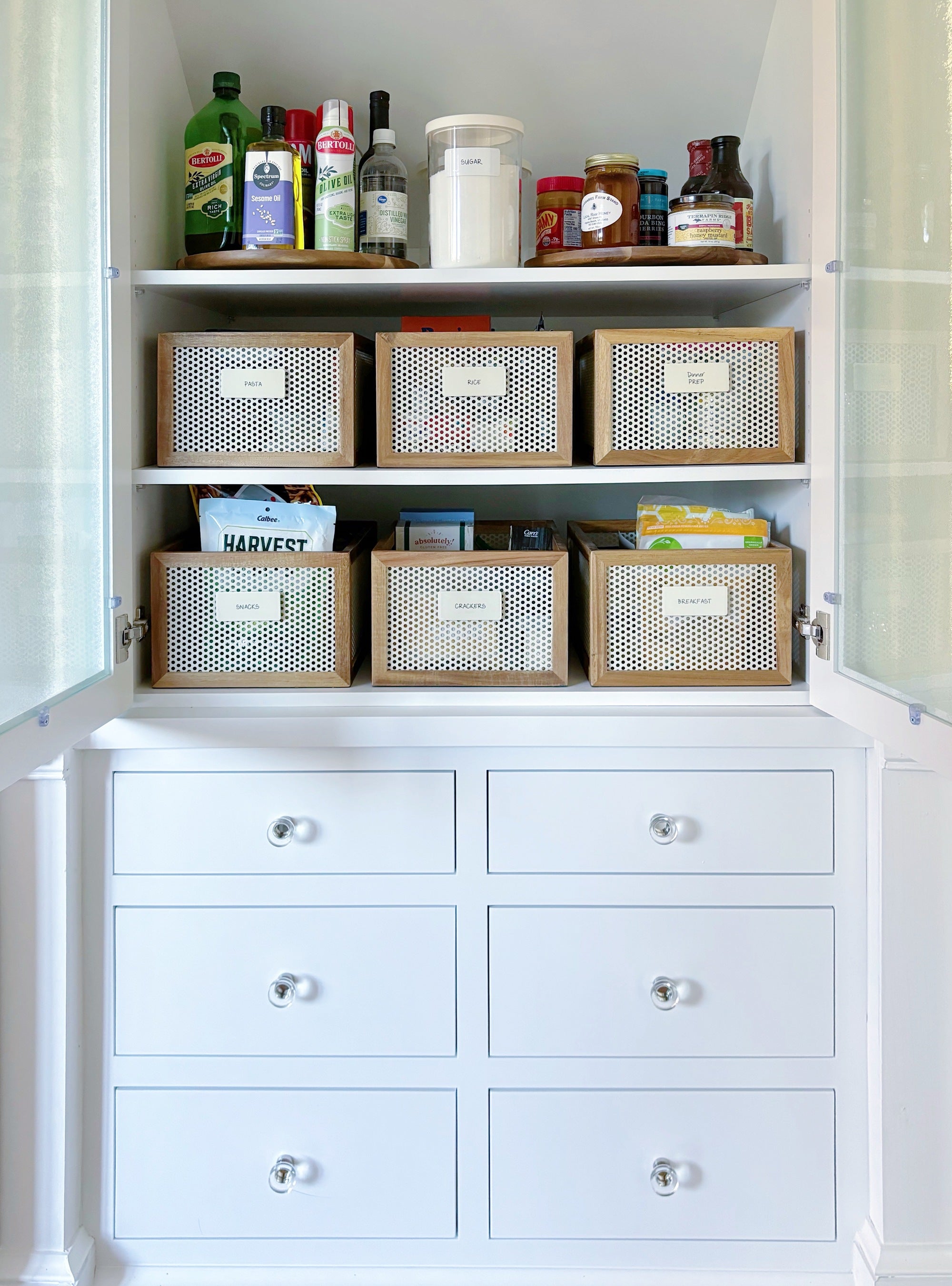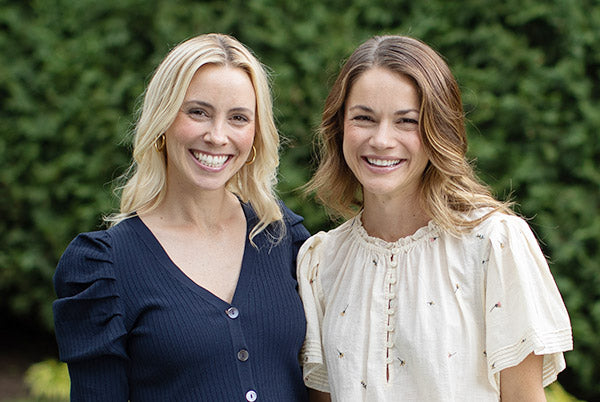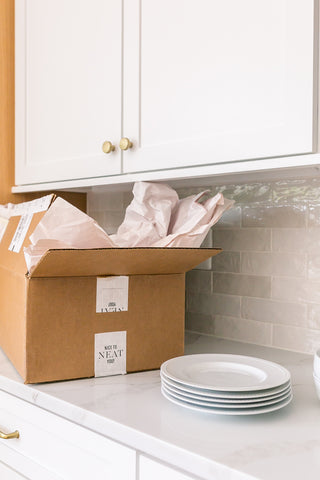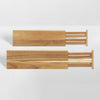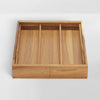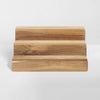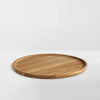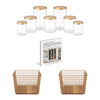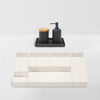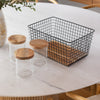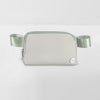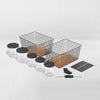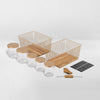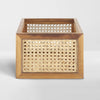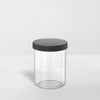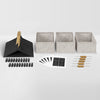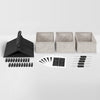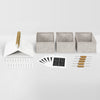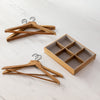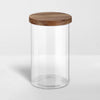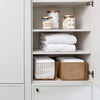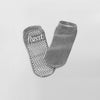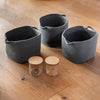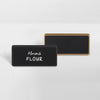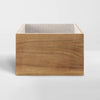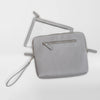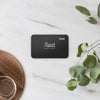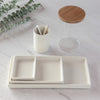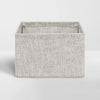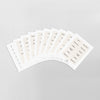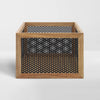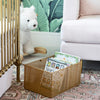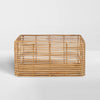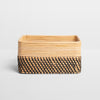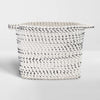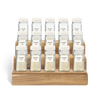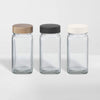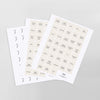The Art of Packing Fragile Items: Expert Tips for Keeping Your Valuables Safe
There's nothing worse than unpacking at a new home to discover broken dishes, decor and other fragile pieces. Curious how the moving experts keep these items safe in transit? We connected with OZ Moving and Storage in New York City for their best packing advice. Here's what they had to say:

Moving is stressful. So much so that there’s a whole psychology behind it that’s been studied, but as with most stressful things, a little bit of organization can go a long way. In this article, we’ll look at one of the areas that tends to cause the most panic when moving: packing fragile items.
There’s nothing worse than opening boxes in your new space only to find that all your favorite plates have shattered or the vase you inherited from your grandmother now has a giant crack in it. To avoid the worst, we’ve got 7 expert tips on how to pack your glassware, ceramics, and other breakable items.
1. Stock up on Packing Materials
We believe that success is in the preparation. Here are all the packing materials you’ll need to ensure the safety of your most fragile items:
- Bubble wrap.
- Soft packing paper.
- Packing tape (for boxes and to reinforce the bubble wrap).
- Permanent marker.
When it comes to bubble wrap and packing paper especially, you’ll likely need more than you think. As we’ll explain later, the secret to protecting your items is to wrap everything individually so keep that in mind when you’re stocking up.
2. Label Everything
That permanent marker we mentioned is vital because it’s what you’ll use to label everything. Here’s what to include when labeling your moving boxes:
- The contents of the box.
- Which way is up (if relevant).
Whether you’re using movers or not, this information can help flag boxes with fragile items that need to be carried and packed more carefully. The last thing you want is to spend all that time figuring out how to pack your glassware in bubble wrap only for it to get crushed under a heavy box of coffee table books.
3. Wrap Items Separately
According to the professionals, it's always recommended to wrap fragile items such as plates and glasses individually. They’ve handled everything from local moves to big, luxury, and commercial operations with majorly valuable items so when they say to wrap each individual plate in bubble wrap, we believe them.
It’s very tempting to stack items like bowls together before packing but this runs the risk of them knocking against each other in transit and causing chips, etc. It may save you some time, but it will cost you when you’re unpacking.
4. Disassemble as Much as Possible
With the above in mind, try to disassemble as many of your fragile items as possible before the move. For example, a glass top table is far easier to protect and pack if the legs are removed for transit. Doing this also means that you reduce the risk of things getting dropped during the move due to heaviness.
For awkward items that can’t be disassembled, we’d recommend reinforcing everything as much as possible with tape and bubble wrap and making sure that, if they’re on the bigger side, they’re always carried by two people at a time.

5. Don’t Leave Any Open Spaces
One thing to always avoid when packing a box of fragile pieces? Open spaces. The more room there is for your precious things to move around, the more likely they are to jostle in transit and get damaged.
We’ve already mentioned bubble wrap and packing paper, but another way to buffer and protect fragile items is to fill open gaps with soft things like clothes and pillows. These will help cushion against any shock the box is exposed to and prevent things from moving around too much.
6. Don’t Pack Too Snugly
This may seem like a counterintuitive tip after the last point but these two actually go hand in hand. When we say, “Don’t pack too snugly”, what we mean is that it’s best not to overpack fragile and hard items together as they’re likely to damage each other.
Packing crystal and porcelain tightly into a box might seem like a space saver, but it’s a disaster waiting to happen. Instead, leave some room in between items where you can place added cushioning so that fragile things are protected from each other, and any handling the box goes through.
7. Pack Heavier Items at the Bottom
Right, we’ve discussed cushioning and spacing when packing boxes with breakable pieces but now it’s time to discuss weighting. One of the most common accidents that occurs during moving is boxes falling over due to bad weight distribution.
If there are too many heavy items at the top in relation to what’s on the bottom, things can topple over. In contrast, if you make sure to place the heaviest things at the bottom of your moving boxes, it will help stabilize them.
A similar principle can be applied to packing your whole moving van. For example, heavy and fragile mirrors should be packed flat and beneath lighter items on a truck. If they’re teetering on boxes of blankets, they’re far more likely to slip off and get damaged.
With all the tips we’ve shared, going slowly and carefully is perhaps the most important thing to remember. The less rushed you are, the easier it is to pack things thoughtfully. It can take some time, but the reward is getting to unpack your most valuable pieces in your new space and find them still perfectly intact.
Feeling overwhelmed at the thought of taking on a move solo? Your local NEAT Method team can help facilitate every aspect, from decluttering excess at your old home to fully unpacking and organizing at your new one.
xx,
the NEAT team

